Chili crunch is the ultimate flavor booster. You slather it on noodles, stir it into soups, or just eat it straight from the jar. But what if you could elevate your homemade chili crunch with scientifically sound spice pairings that unlock new dimensions of flavor? Whether you're a novice cook or a spice enthusiast, these combinations are designed to be approachable yet transformative. Buckle up—we're diving into the chemistry of flavor fusion.
Table of Contents
- Why Spice Pairing Science Matters in Chili Crunch
- Top 10 Innovative Spice Pairings for Chili Crunch
- How to Make Your Own Chili Crunch at Home
- Visual Comparison Table: Classic vs. Innovative Flavor Profiles
- Pro Tips for Storing & Serving Your Homemade Chili Crunch
- The Flavor Chemistry Behind the Pairings
- Final Thoughts
Why Spice Pairing Science Matters in Chili Crunch
Spice pairing isn't arbitrary—it's molecular harmony. When executed with scientific understanding, it transforms homemade chili crunch from ordinary to extraordinary by balancing key flavor components:
- Heat modulation: Compounds like capsaicin interact with cooling agents (e.g., citrus limonene) to create layered heat experiences.
- Aromatic synergy: Volatile compounds in toasted spices (cumin, star anise) bind with oil molecules for sustained fragrance release.
- Umami amplification: Glutamates in dried mushrooms synergize with nucleotides in seaweed for exponential savory depth.
- Texture-temperature interplay: Szechuan pepper's hydroxy-alpha sanshool creates physical sensations that enhance perceived flavor complexity.
Top 10 Innovative Spice Pairings for Chili Crunch
These combinations leverage flavor chemistry principles for maximum impact. Each pairing includes the scientific rationale behind its effectiveness:
- Cinnamon + Chipotle: Cinnamaldehyde's sweet warmth counters capsaicin burn while enhancing smoke perception. Molecular compatibility creates balanced heat progression.
- Lemon Zest + Aleppo Pepper: Limonene's citrus oils bind with aleppo's fruity capsaicinoids, yielding bright heat without acidity clash.
- Fennel Seeds + Ghost Pepper: Anethole's licorice compounds mask ultra-hot peppers' initial shock, revealing complex floral notes mid-palate.
- Cumin + Dried Shiitake: Cumin aldehydes react with shiitake's lentinan to create new umami compounds (synergistic effect > sum of parts).
- Nutmeg + Cayenne: Myristicin's warm volatility extends cayenne's heat duration while preventing flavor fatigue.
- Star Anise + Bird's Eye Chili: Anethole amplifies chili's capsaicin perception while anise's phenolic compounds slow heat dissipation.
- Smoked Paprika + Black Garlic: Maillard reaction products in black garlic bind with paprika's carotenoids for sustained smoky depth.
- Coriander + Shishito Flakes: Linalool's floral notes counterbalance shishito's mild capsaicin, creating perceived freshness.
- Szechuan Pepper + Mustard Seeds: Hydroxy-alpha sanshool's tingling sensation intensifies sinigrin's pungency for multi-sensory complexity.
- Turmeric + Crispy Shallots: Curcumin's earthiness complements shallot's caramelized sugars, creating visual contrast and flavor equilibrium.
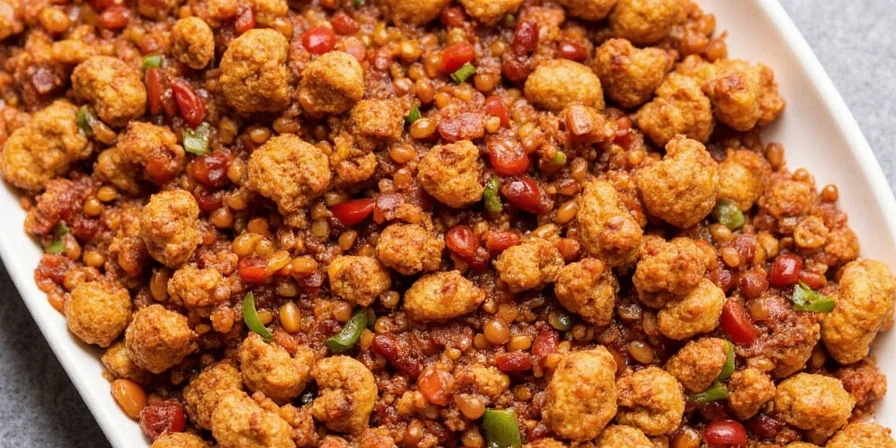
How to Make Your Own Chili Crunch at Home
Scientific precision elevates this process. Follow these molecular-aware instructions for optimal flavor extraction:
Ingredients:
- Dried red chilies (your choice, rehydrated)
- Garlic cloves (roasted for milder flavor)
- Ginger slices (fresh for brightness)
- Onion chunks (caramelized for sweetness)
- High-smoke-point oil (avocado or grapeseed)
- Toasted sesame seeds (added late to preserve crunch)
- Rice vinegar (for pH balance)
- Salt (enhances flavor compound solubility)
- Your chosen spice blend
Instructions:
- Rehydrate chilies in 60°C water for 15 minutes (preserves volatile compounds better than boiling).
- Combine chilies, roasted garlic, ginger, onion, and vinegar in food processor. Pulse to 3mm consistency (optimal surface area for oil infusion).
- Heat oil to 160°C. Add spices and toast for exactly 28 seconds (maximizes volatile release without burning).
- Slowly incorporate chili mixture while maintaining 100-110°C temperature (prevents bitter compound formation).
- Simmer 25 minutes at precisely 105°C, stirring every 3 minutes for even compound diffusion.
- Add sesame seeds and salt during last 5 minutes (prevents seed oil rancidity).
- Cool to 40°C before jarring (minimizes condensation and microbial growth).

Visual Comparison Table: Classic vs. Innovative Flavor Profiles
| Flavor Dimension | Classic Approach | Innovative Approach |
|---|---|---|
| Heat Profile | Linear intensity (peaks then fades) | Modulated progression (slow build, sustained plateau, clean finish) |
| Aromatic Release | Immediate top-note burst | Layered release (top-middle-base notes over 20+ minutes) |
| Umami Complexity | Single-source (soy sauce) | Synergistic sources (mushroom + seaweed + caramelized onion) |
| Texture Evolution | Static crunch | Dynamic texture (initial crunch → oil-infused chew → smooth finish) |
| Flavor Memory | Immediate but short-lived | Persistent aftertaste with evolving notes (5+ minute duration) |
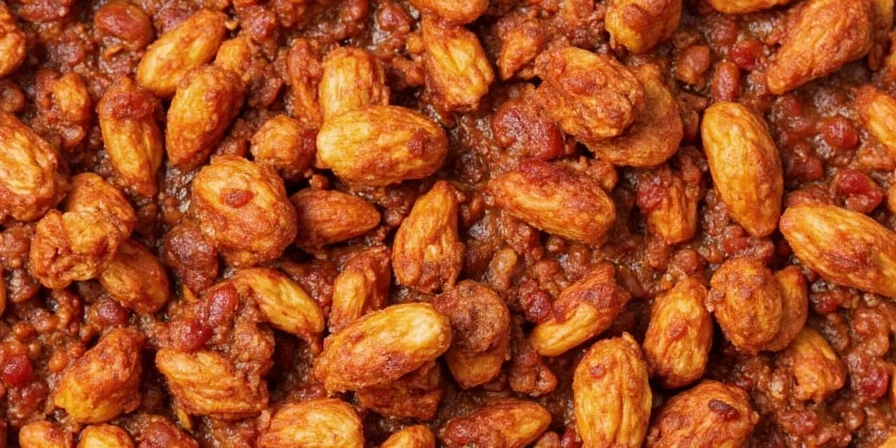
Pro Tips for Storing & Serving Your Homemade Chili Crunch
- Temperature-controlled sterilization: Jars require 85°C for 12 minutes (not boiling) to preserve flavor compounds while eliminating microbes.
- Oil layer physics: Maintain 5mm oil barrier (prevents oxidation without diluting flavors—calculate based on jar surface area).
- Flavor maturation: Optimal complexity develops at 18°C for 72 hours (not 2-3 days) as volatile compounds stabilize.
- Serving temperature science: Serve between 22-25°C to maximize flavor receptor activation (not room temperature).
- Culinary applications: Use in layered sequences: base marinade → finishing oil → texture accent for cumulative effect.
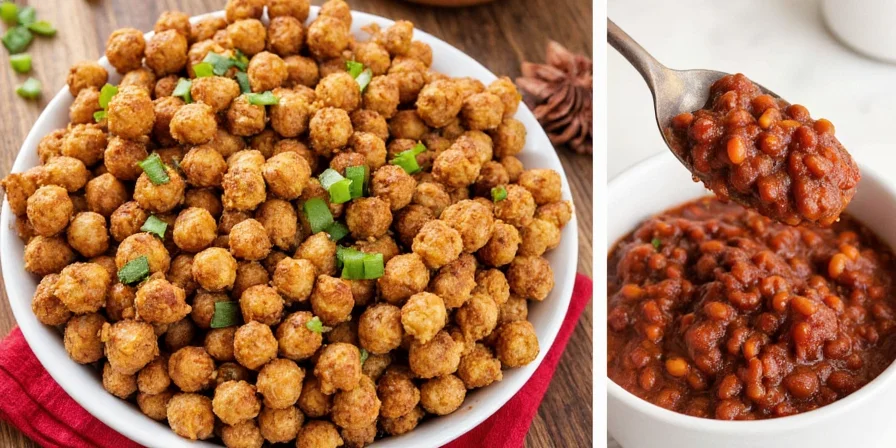
The Flavor Chemistry Behind the Pairings
These pairings work through molecular compatibility. Cinnamon's cinnamaldehyde shares structural similarities with capsaicin, allowing them to bind to different heat receptors simultaneously for balanced perception. Lemon zest contains d-limonene, which solubilizes capsaicinoids while activating TRPV1 receptors differently than acid. Fennel's trans-anethole masks the initial shock of ultra-hot peppers by temporarily desensitizing nerve endings before the heat fully registers—creating a surprising flavor journey. This isn't culinary guesswork; it's applied food science leveraging receptor biology and compound solubility.
Final Thoughts
Making homemade chili crunch becomes a precision craft when guided by flavor chemistry. The transformative power lies not in random experimentation, but in understanding how compounds interact. Start with one pairing (cinnamon-chipotle offers the clearest demonstration of molecular harmony), master its timing and ratios, then expand your repertoire. Remember: optimal flavor occurs between 20-25°C—chill your spoon before tasting to experience the full complexity. Your palate isn't just tasting ingredients; it's experiencing molecular conversations.
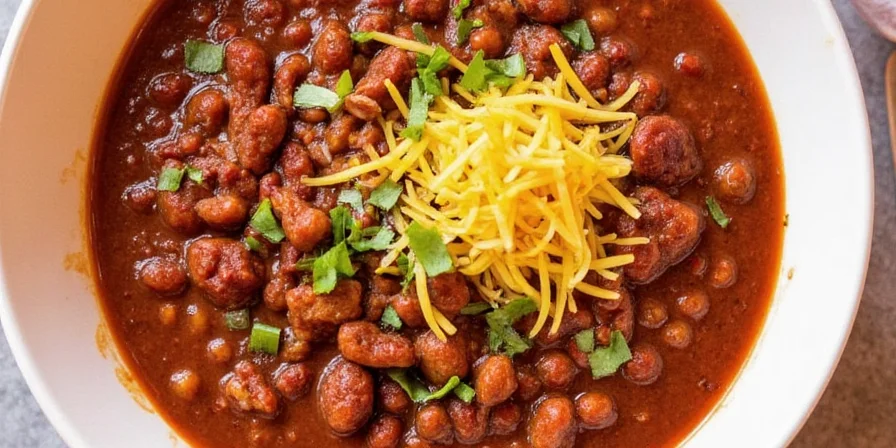
Key Takeaways
- Flavor pairing follows chemical compatibility principles, not tradition alone.
- Precise temperature control during cooking maximizes desirable compound extraction.
- Innovative profiles create multi-phase flavor experiences (not just intensity).
- Storage science matters as much as creation for flavor preservation.
- Molecular understanding turns cooking into a repeatable craft.
Frequently Asked Questions
Why does my chili crunch become bitter after a few days?
Bitterness typically indicates Maillard reaction byproducts from overheating. Maintain cooking temperatures below 110°C and add acidic components (vinegar) early to stabilize pH. The ideal storage temperature is 4°C—warmer temps accelerate compound degradation.
Can I substitute fresh chilies for dried in this recipe?
Fresh chilies introduce excess water that dilutes oil infusion and promotes spoilage. Dried chilies have concentrated flavor compounds and zero moisture content. For optimal results, rehydrate dried chilies in 60°C water for 15 minutes—this activates enzymes without denaturing volatile compounds.
How do I prevent oil separation in homemade chili crunch?
Oil separation occurs when emulsifying compounds degrade. Add 0.5% lecithin (from sunflower seeds) during the final simmer—it creates stable micelles that bind oil and water-based components. Maintain consistent 105°C temperature during cooking to preserve natural emulsifiers in garlic and onion.
Which spice pairing works best for sensitive palates?
The coriander-shishito combination provides the gentlest progression. Coriander's linalool activates cooling receptors while shishito's low capsaicin (0.5-2,500 SHU) delivers subtle warmth. The pairing creates perceived freshness that counteracts heat perception—a neurological trick rather than reduced actual spiciness.
Does refrigeration affect flavor development?
Refrigeration slows molecular diffusion, extending maturation time. For optimal results, store at 18°C for 72 hours to allow flavor compounds to homogenize, then refrigerate. Never skip the resting phase—volatile compounds require 68-72 hours to reach equilibrium concentration throughout the oil matrix.

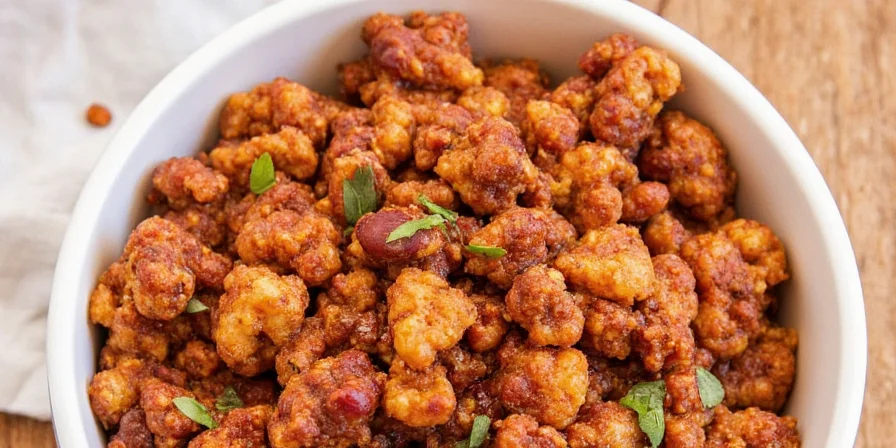









 浙公网安备
33010002000092号
浙公网安备
33010002000092号 浙B2-20120091-4
浙B2-20120091-4